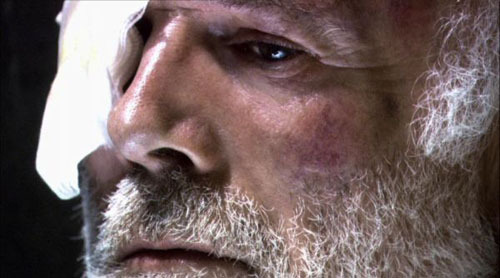
As a heavy consumer of many different forms of media I have long noticed what I consider to be the singular, rarest form of artistic quality that is uniquely shared among all of the greatest works – often regardless of format. This quality is not something like cinematography or acting in films, or graphics in games, or even plot in books. This quality is something that I like to refer to as ‘great writing.’ Many will be quick to point out that ‘plot’ is ‘writing’ but I contend, and I think most will agree, that plot is simply a component of writing generally referred to as story, or at best a watered down version of writing. Writing consists of at least three significant components (plot, character and theme) all intertwined and feeding off of each other. The fact that most people today associate writing with plot is indicative of the general lack of appreciation for great writing in modern media. Since most people are already aware of the ‘classics’ like ‘Citizen Kane,’ or anything you read in high school probably, I’m going to explore this topic a little more with some fantastic modern examples included in future installments.
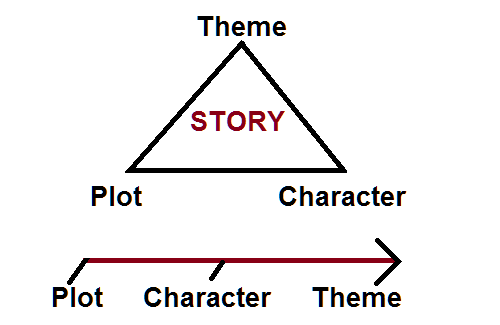
First I’d like to talk a little about a couple of ideas that I prefer to illustrate graphically. The arrow describes a sort of hierarchy of complexity, while the triangle is meant to relate the connectedness of each element. Plot is all the way to the left of the arrow because it is the most basic element. Without plot there is nothing to move the story forward, characters remain static and themes cannot really begin to form. Plot is the vehicle that all other elements of a story or a medium attach on to. Because of that one might be hard pressed to find movies that lack a plot. On the flip side of that, we have all seen movies that have a plot but do not have much or even anything in the way of character or theme. These are the shallow, mass marketed media designed to appeal to the ‘lowest common denominator.’ This does not preclude their being entertaining, but generally speaking entertainment that does not bother to reach for anything higher than ‘plot’ must be focusing on areas outside of story, which are specific to the type of media being created. A good example of this is virtually any of the myriad of videogames released each year where story is typically reduced to make room for flashy visuals and interactive gameplay elements; or a movie like ‘Crank’ where story elements take a back seat to over the top stunts. This is where a future blog post on the importance of understanding your format should come in later. These theories are not just relevant to fiction writing either – this method is great to be aware of in all types of non-fiction writing as well.
Now where we begin to see effective storytelling come in is when writers use the plot to affect the development of a complex character. There is a very common tale of the ordinary everyman cast into extraordinary circumstances – like Peter Parker in Spider Man, or the protagonist in District 9. This is a plot centered story where the casting of the everyman serves as a one size fits all character allowing the plot to drive the story. There is character development here but since the story is plot focused characters are written to fit into a plotline and thus development is generic in nature. Complex characters cannot be pigeonholed into great plots because plots need to be character specific, your great idea for a story is unlikely to illicit the reactions you need from your complex characters. In other words it is the characters which should dictate the plot. Only by dictating the plot out of complex characters can a story take full advantage of the detail associated with their creation.
While many stories are written well enough in terms of plot and character to be very good, in order for the writing to be truly great the story needs to incorporate theme. Theme is the glue that holds everything together. If character is the answer to ‘who?’ and plot is the answer to ‘what, when & where?’ then theme is the answer to ‘why? This holistic approach to writing allows theme to bring meaning to the work – for plot elements and character elements to interact in a way that they otherwise could not. I like to call this method for writing ‘top down design’ – to borrow a programming term. This form of writing starts with theme, in other words the writer starts with the big ideas he or she wants to get across with the story they are about to tell. From there a writer develops complex characters that will illustrate that theme, and then from those complex characters a plot simply forms logically. As a writer following this format if you are having trouble finding your plot you may want to check whether or not your characters are complex enough. At some point your themes, characters and plot are well defined enough that you can begin massaging the edges to make it all work together. All three elements together should be helping you to define each one more specifically and in a more complex manor. This brings me to another chart that I believe best illustrates this relationship.
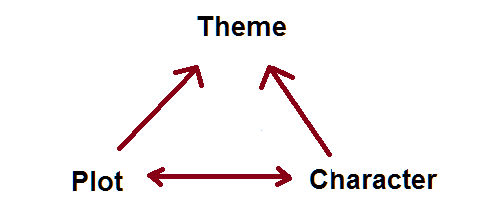
Next I want to discuss a few modern examples of great writing – works that incorporate plot and character as well as theme. For this I will look at a few tv shows, or perhaps a videogame or a film, I haven’t decided on all of them just yet. For now though I can promise that tomorrow I will look at an episode of Battlestar Galactica, and from there I may make this into a series of blog posts evaluating works that I believe contained ‘great writing.’ Until next time…

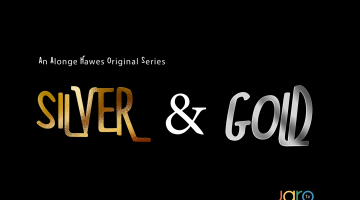

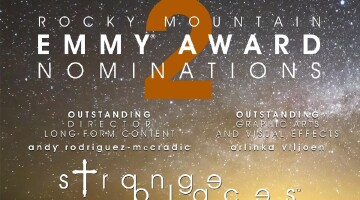

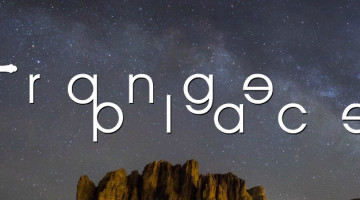

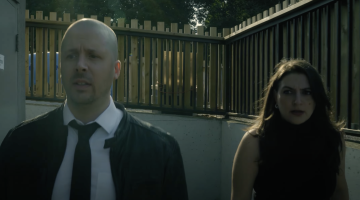
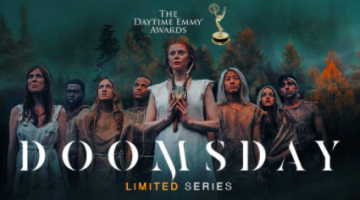
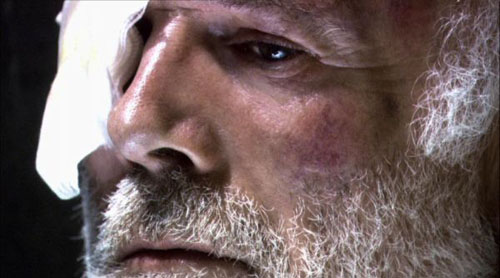
No Comment